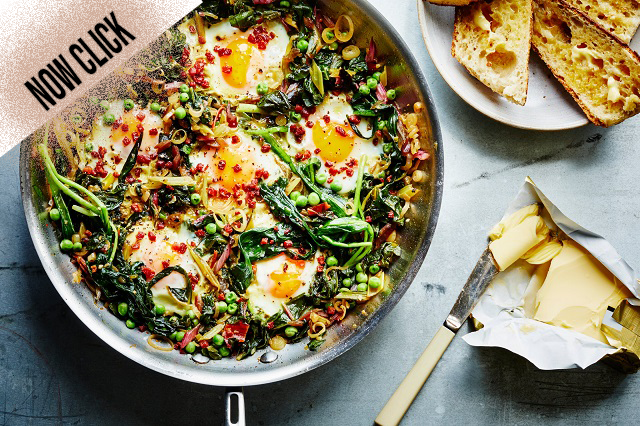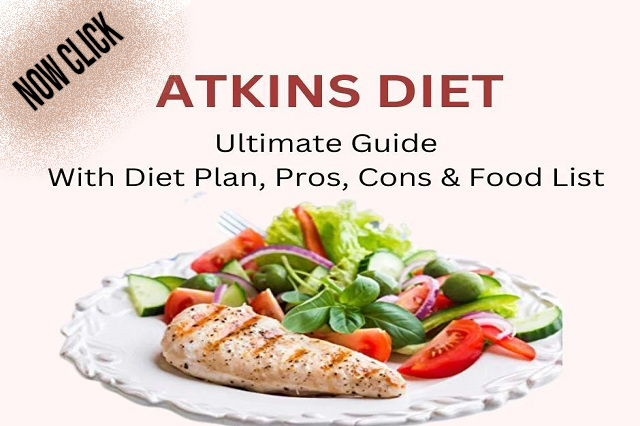5 Iron-Rich Food Vegans
Iron is essential for maintaining the efficiency of many bodily processes. Red blood cells, which carry oxygen to your cells and give you energy, are made possible by the body’s ability to produce sufficient iron stores. According to the National Institutes of Health (NIH), iron also contributes to a healthy immune system, balanced body temperature, and mental focus.
Since many food sources of iron come from animals, if you’ve chosen a plant-based diet it may be difficult for you to get enough of this nutrient. According to a review that appeared in the American Journal of Lifestyle Medicine’s November-December 2018 issue, vegetarians are more likely than the general population to have low iron stores and anemia due to iron deficiency.
According to Harvard Health Publishing, one possible explanation is that non-heme iron, which is present in some plant foods, is absorbed by the body less efficiently than heme iron, which is present in some animal foods. If you only consume non-heme iron, you might need to consume more of these non-heme sources than you might think. You can also increase absorption by combining non-heme iron with foods high in vitamin C and low in calcium.
Don’t overthink it, though, I repeat. As long as the issue is given attention, especially in the U.S. or other wealthy nations,” asserts Hamden, According to David Katz, MD, MPH. In particular, among women who are menstruating, strict plant-based diets increase the risk of low iron (and possibly related to anemia). But in most cases, this can be avoided by making wise food choices.
According to the NIH, a variety of plant foods are good or excellent sources that can help you get the 8 milligrams (mg) for men, 18 mg for women, or 27 mg for pregnant women that is advised as part of a daily diet. Contrary to what old Popeye cartoons might lead you to believe, spinach isn’t your only option, though it can be a wise one.
Enhanced Cereal.
Since 1941, when iron and a few vitamins were added to breakfast food to increase the general population’s nutrient stores, cereals have been protected in the United States with additional nutrients, according to research. Breakfast cereal continues to be a significant (and practical) source of iron in the American diet.
Tempeh.
Make sure to read the labels on the breakfast cereal you buy to find a variety that contains a lot of iron. Some, like Total, contain as much as a day’s worth of value in one serving, as determined by the U.S. The Department of Agriculture (USDA) makes note. “Check to see if your cereal has at least 20% of the recommended daily intake. This indicates that it’s a superior source of iron, according to Las Vegas, Nevada-based plant-based dietitian Haley Bishoff, RDN, of Rutsu Nutrition.
Tempeh is a soy-based food that you should get to know if you’re not already because it contains a variety of nutrients. The highest vegetable protein source tempeh is made from fermented soybeans. According to Amy Brownstein, RDN, owner of Nutrition Digested in Oakland, California, tempeh is not only a great source of protein but also a great source of pre-and probiotics, calcium, and iron. A 3(oz) serving of tempeh has 1 point 4 mg of iron and 20 grams (g) of protein, according to the USDA. “Phytic acid is broken down during the fermentation process used to make tempeh, which enhances the food’s ability to absorb iron and other nutrients.
According to Brownstein, properly marinating and roasting the tempeh are the keys to making it tasty. The best method for preparing tempeh is to slice it thinly, marinate it in your preferred sauce, and bake it at 400 degrees (F) for approximately 25 minutes, flipping the pieces once halfway through. Tempeh has a bland but distinct flavor, so be sure to marinate the tempeh for at least 15 minutes so it has time to absorb the flavors of the marinade.
Beans, white.
White beans are a great source of iron and protein. According to the USDA, one cup of cooked legumes, which are fruits of plants belonging to the Fabaceae family of peas by definition, provides 6.6 mg of iron in addition to 17.4 g of the highest vegetable protein, making them an excellent source of iron. Try combining white beans with other plants high in iron, such as kale and spinach, in stews or soups.
Beans, red kidney.
The USDA notes that red kidney beans are an excellent source of iron, ranking second only to white beans in terms of iron content (5.82 mg per cup). It’s also difficult to go wrong when choosing a can of these legumes off the grocery store shelf because they’re an affordable, high-fiber plant-based protein. Whenever possible, choose low- or no-sodium varieties. A vegetarian chili with a red kidney bean base might be the perfect choice for an iron-rich dinner in fall or winter.
Black-Eyed Peas.
Black-eyed peas are known as mature beans. As you know seedpods are a vegetable and also a bean for protein. It contains nutrients like potassium and fiber etc. Legumes can frequently be classified based on the sort of diet a person follows. They are commonly regarded as a vegetable source for those who eat a lot of meat.
According to Brownstein, black-eyed peas are a great plant-based food source because they are low in saturated fat, high in protein, and fiber, all of which lower the risk. High iron levels can be included in that impressive nutrient profile.
According to the USDA, another legume, black-eyed peas, contains 7 points 2 mg of iron per half cup. (In the same serving size, there is 10 g of fiber.
Black-eyed peas can be prepared in several straightforward ways, according to Brownstein, including by adding them to salads, mixing them with rice and vegetables, or making a bean salad.




Nice Sir !